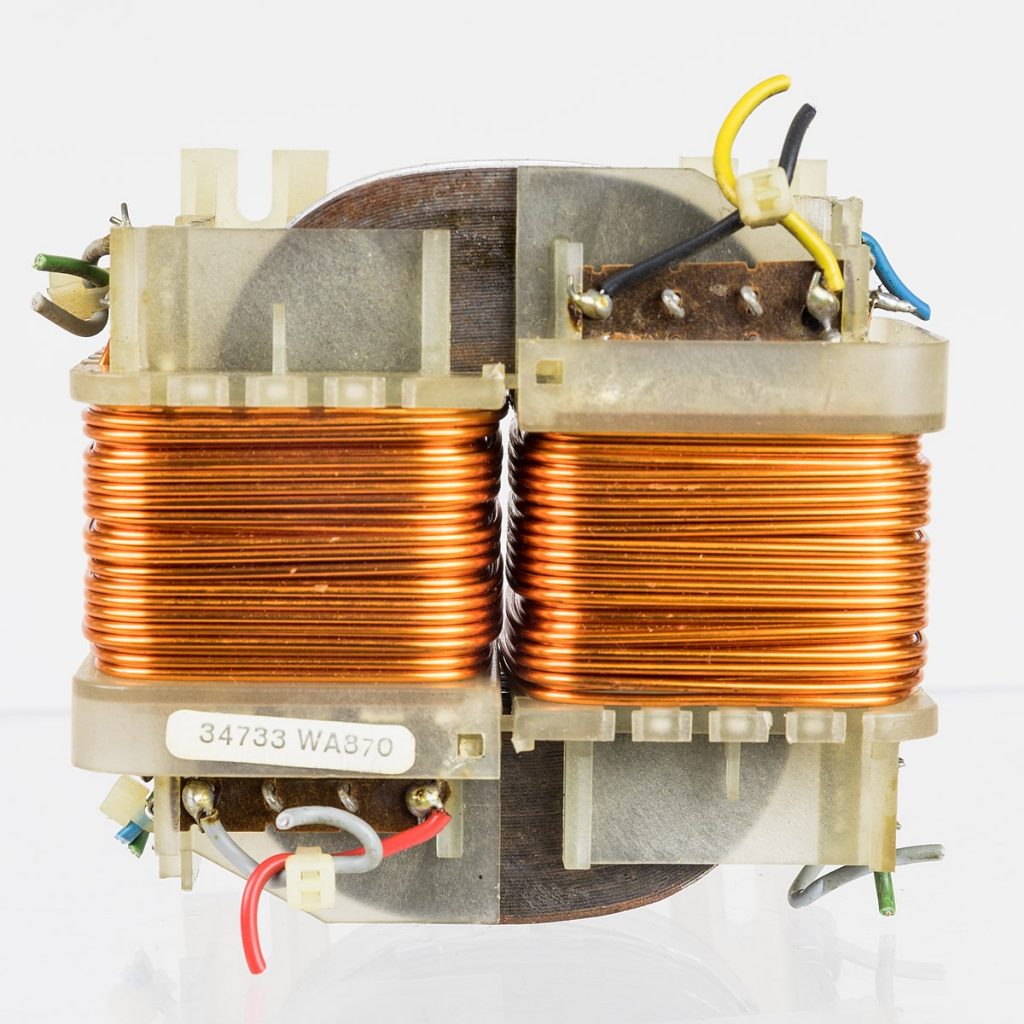Transformers play a crucial role in various industries, enabling efficient power transmission and voltage regulation. Understanding the different types of transformers is essential for engineers, technicians, and enthusiasts alike. In this comprehensive guide, we will explore the six main types of transformers, their unique characteristics, and their applications. So, let's dive into the world of transformers and unlock their hidden potential!
- Power Transformers:
Power transformers are the workhorses of the electrical grid, responsible for transmitting electricity over long distances. These transformers step up or step down voltage levels, ensuring efficient power distribution. They are commonly found in power stations, substations, and industrial settings. - Distribution Transformers:
Distribution transformers are the unsung heroes that bring electricity to our homes, offices, and communities. They step down high voltage from power lines to a safer level for everyday use. These transformers are compact, reliable, and can be found on utility poles or in underground vaults. - Instrument Transformers:
Instrument transformers are essential for accurate measurement and protection in electrical systems. Current transformers (CTs) and voltage transformers (VTs) are two common types. CTs measure current, while VTs measure voltage. They are widely used in metering, relaying, and control applications. - Isolation Transformers:
Isolation transformers provide electrical isolation between the input and output circuits, protecting sensitive equipment from electrical noise, voltage spikes, and ground faults. They find applications in medical facilities, data centers, and audio systems, ensuring safety and signal integrity. - Autotransformers:
Autotransformers are compact and efficient transformers that share a common winding for both the primary and secondary circuits. They are capable of stepping up or stepping down voltage levels, making them ideal for voltage regulation in electrical systems. Autotransformers are commonly used in variable speed drives, industrial machinery, and renewable energy systems. - Pulse Transformers:
Pulse transformers are specialized transformers designed to transmit high-frequency pulses with minimal distortion. They are commonly used in electronic circuits, telecommunications, and power electronics applications. Pulse transformers enable efficient energy transfer and signal isolation in these high-speed systems.
Conclusion:
Transformers are the backbone of modern electrical systems, enabling efficient power transmission, voltage regulation, and signal isolation. In this article, we have explored the six main types of transformers: power transformers, distribution transformers, instrument transformers, isolation transformers, autotransformers, and pulse transformers. Each type has its unique characteristics and applications, contributing to various industries and technologies. By understanding these transformers, engineers and technicians can design and implement efficient and reliable electrical systems that power our world.


More Stories
Performance, Application Scenarios and Selection of External Panel Materials for Outdoor Mobile Shelters
5 Game-Changing Tips to Supercharge Your Home Theater with a Universal Projector Remote
High-Efficiency Automotive Power MOSFETs Optimized for Electric and Hybrid Vehicles’ Powertrain Systems